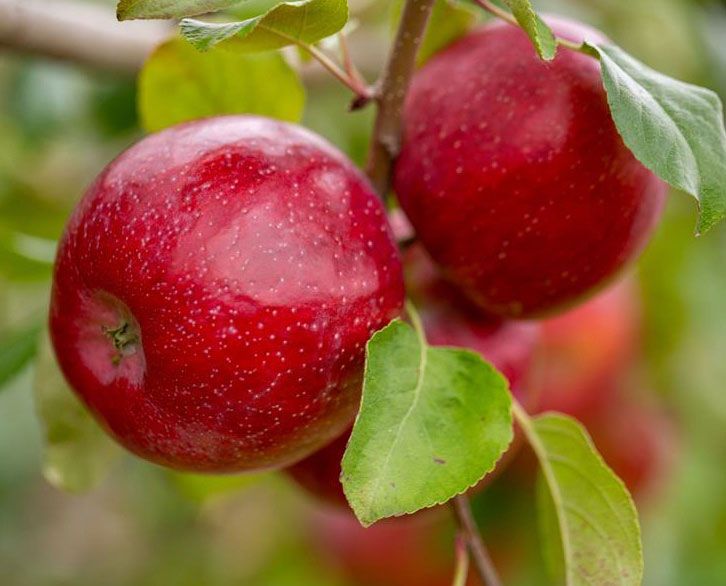Wine Institute Launches Sustainable Winegrowing Certificate Course
Class designed to educate wine trade professionals and consumers on sustainable practices of state’s winegrape industry.
The Wine Institute recently initiated the California Sustainable Winegrowing Ambassador Course, a new online certificate class that provides education about sustainable practices used for California wine. The free, one-hour course helps wine professionals, such as retailers, restaurateurs, distributors, media, winery sales, marketing, public relations, and hospitality staff, learn and test their understanding of the sustainable practices of California wineries and vineyards.
“Sustainable winegrowing has been widely adopted in California, where the state’s winegrape growers and vintners have a long-term commitment to practices that protect the soil, air, and water and benefit communities and employees,” Allison Jordan, executive director of California Sustainable Winegrowing Alliance says.
“Consumers are interested in how the wines they choose are grown and made,” Robert P. “Bobby” Koch, Wine Institute president and CEO says. “And professionals in the wine industry are often asked to explain this as well as sustainable winegrowing practices. Our ambassador course is a tool to help the trade and interested consumers articulate this information.”
The ambassador course includes modules on: California wine, sustainable winegrowing terms & definitions, sustainable viticulture, sustainable winemaking and sustainable communities. It concludes with a 25-question test, accessible after all lessons have been read. Participants who successfully pass receive a certificate of completion.
“Once completed, course participants will have a clear understanding of sustainable winegrowing practices used in California vineyards and wineries and be able to share information with others,” Jordan says.
The Ambassador Course is distinct from the California Code of Sustainable Winegrowing Program, which is designed for California vintners and growers who want to adopt and expand their sustainable practices or certify their vineyards and/or wineries. Wine Institute and the California Association of Winegrape Growers introduced the Code more than a decade ago.
Today, vintners and growers involved in the Code program represent more than 70% of California’s wine production and winegrape acreage. The scale of this accomplishment is significant as California is the fourth largest wine producer in the world.
“It’s useful for growers to know that the Ambassador course exists as a tool for them to use with their buyers – whether wineries, trade, and/or consumer — to help educate this audience about sustainable winegrowing,” Jordan says. “The information included in the Ambassador course is based on the Code, which is a comprehensive set of best practices for sustainably farming and producing wine that represents the California wine industry’s definition of sustainable winegrowing.”
California vintners and growers interested in self-assessing their sustainable practices or certifying vineyards and wineries can sign-up to use the Code of Sustainable Winegrowing, a free vineyard and winery self-assessment tool at SustainableWinegrowing.org.
“We are pleased to share our educational resources with those who want to know more about sustainable winegrowing,” Jordan says.
The Ambassador course can be accessed at Ambassador.DiscoverCaliforniaWines.com.
My Take On The Ambassador Course
By Christina Herrick

Christina Herrick
I generally try my best to keep myself out of stories. I’m an observer, not a participant. However, as I started to do some research on the California Sustainable Winegrowing Ambassador Course offered by the Wine Institute, I thought it might actually be interesting for me to take the course and get the certificate.
The course is designed for consumers or wine/restaurant professionals who would help communicate the industry’s sustainable practices to buyers, friends, etc. It begins by talking about the California wine industry in broad strokes and then dives into topics such as sustainable winegrowing, viticulture, and winemaking. It also talks about the wine industry’s involvement with philanthropy, tourism, and communities.
To say the California wine industry is large is an understatement. The state boasts 4,100 wineries which produces 90% of all U.S. wine. More than 110 varieties are grown by 5,900 growers.
After walking me through the of Sustainability: environmentally sound, socially equitable, and economically viable best practices of winegrowing. (. I learned about practices such as environmentally preferable purchasing, where wineries actually screen products and services to find the most environmentally sound products and weed out those which might pose potential adverse human health and environmental impacts.
I learned about biodiversity in vineyards, how cleaning the crush pad at harvest is one of the most water-intensive processes at harvest, and how wineries are trying to reduce water use throughout the growing and winemaking processes.
I also learned how philanthropic the winegrape and wine industry is in the state of California, raising an estimated $101.5 million annually for charities.
Then, it was on to the test. I was asked questions such as: “Which tool is not used to measure water use and stress in vineyards: pressure bomb, neutron probe, weather station, water diviner, or flow meter?” The answer, of course, was the water diviner!
I was also asked why it was important to have organic matter in vineyard soils, what the economic threshold is in vineyard pest control, why it is important to maintain a balanced vine, and what IPM is.
I’m not a sommelier yet, but I am proud to say I passed the test. So, I am now an official California Sustainable Winegrowing Ambassador, with a certificate to boot!










